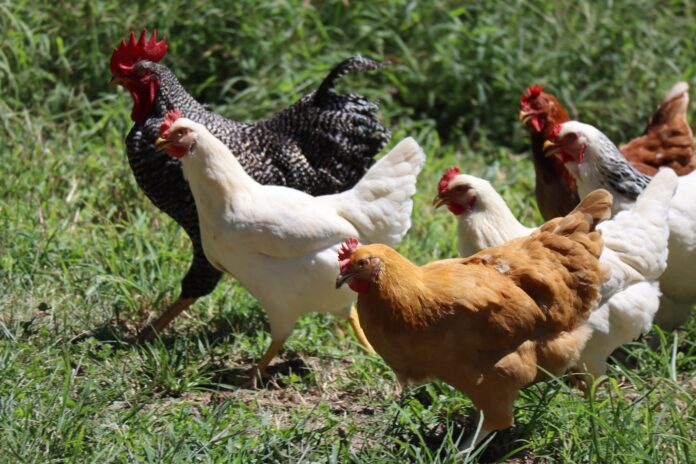REYNOLDSBURG, Ohio — Highly pathogenic avian influenza, or bird flu, has been detected in a backyard chicken flock in Franklin County, Ohio. The positive detection was confirmed by the United States Department of Agriculture’s Animal and Plant Health Inspection Service. The samples were first tested at the Ohio Department of Agriculture’s Animal Disease Diagnostic Laboratory and confirmed at the APHIS National Veterinary Services Laboratories in Ames, Iowa.
HPAI is a highly contagious virus that spreads quickly and can be fatal to flocks and devastating to poultry owners, both commercial and non-commercial.
State officials quarantined the affected premise, and birds on the property will be depopulated to prevent the spread of the disease. Birds from the flock will not enter the food system. Federal and state partners are working jointly on additional surveillance and testing in areas around the affected flock. Surveillance activities will be conducted in a 10-kilometer zone around the infected premise.
HPAI can infect poultry (such as chickens, turkeys, pheasants, quail, domestic ducks, geese and guinea fowl) and is carried by free flying waterfowl such as ducks, geese, and shorebirds. The recent HPAI detections do not present an immediate public health concern, according to the Centers for Disease Control and Prevention. No human cases have been detected in the United States. As a reminder, the proper handling and cooking of all poultry and eggs to an internal temperature of 165 degrees Fahrenheit is recommended as a general food safety precaution.
“Enhanced biosecurity is the number one preventive measure against avian influenza,” State Veterinarian Dennis Summers said. “HPAI can infect any size flock. We urge all poultry owners to intensify their biosecurity and best management practices.”
There are multiple biosecurity and best management practices poultry owners can use. Prevent contact with wild birds and waterfowl. Keep birds indoors when possible.
Keep visitors to a minimum. Only allow those who care for your poultry to have contact with them and make sure they follow biosecurity principles.
Wash your hands before and after contact with live poultry. Use soap and water. If using a hand sanitizer, first remove manure, feathers, and other materials from your hands.
Provide disposable boot covers or disinfectant footbaths for anyone having contact with your flock. If using a footbath, remove all droppings, mud or debris from boots and shoes using a long-handled brush before stepping in. Always keep it clean.
Establish a rodent and pest control program. Deliver, store and maintain feed, ingredients, bedding and litter to limit exposure to and contamination from wild animals. Use drinking water sourced from a contained supply (well or municipal system). Do not use surface water for drinking or cleaning.
Clean and disinfect tools and equipment before moving them to a new poultry facility.Trucks, tractors, tools and equipment should be cleaned and disinfected prior to exiting the property. Do not move or reuse anything that cannot be cleaned.
Look for signs of illness. Monitor egg production and death loss, discoloration or swelling of legs, wattles and combs, labored breathing, reduced feed or water consumption.
If you notice any symptoms or unexpected deaths in your flock, report them immediately to the Ohio Poultry Association at 614-882-6111, or the Ohio Department of Agriculture at 614-728-6220 during regular business hours and 888-456-3405 after hours.










